Brake Safety: Simple Tips to Keep Your Car Stopping Right
Stopping when you need to is the most important thing a car does. If your brakes feel soft, squeak, or vibrate, it's a clear signal that something's off. Ignoring those signs can turn a cheap repair into a costly accident. This guide walks you through the basics of brake safety so you can feel confident behind the wheel and avoid unnecessary trips to the garage.
Know the Warning Signs
First, listen for squealing or grinding noises. A high‑pitched squeal usually means the brake pads are wearing down and need replacement. Grinding, on the other hand, often means the pads are gone and the metal backing is rubbing the rotor – that’s a fast‑track ticket to a bigger repair.
Next, feel for a soft or spongy pedal. If you have to press the brake all the way down before the car slows, the brake fluid might be low or there could be air in the lines. Both problems reduce stopping power and should be checked right away.Lastly, notice any pulling to one side when you brake. This usually points to a stuck caliper or uneven pad wear. A pull can be subtle, but over time it puts extra stress on the steering components and can make the car unstable.
Everyday Care That Saves Money
Keeping your brakes safe doesn’t require a mechanic every month. Start by checking the brake fluid level monthly – the reservoir has clear markings for “min” and “max.” If the fluid looks dark or dirty, it’s time for a flush.
While you're at it, look at the brake discs (or drums). They should be smooth and free of deep grooves. A quick visual check can tell you if the rotors are warping, which often causes vibration when you brake.
Don’t forget the parking brake. Pull it up and feel for resistance; it should hold the car firmly. If it slips, the cable might need adjustment or the pads on the rear wheels could be worn.
Driving habits matter too. Hard, sudden stops heat up the brakes faster and wear the pads quicker. Try to anticipate traffic, brake gently, and give yourself a little extra following distance. Not only does this keep the brakes cooler, it also improves fuel economy.
Finally, schedule a professional inspection at least once a year. A qualified tech can measure pad thickness, check rotor wear, and bleed the brake lines if needed. Even if you do most of the DIY checks, a yearly visit catches the things you can’t see without special tools.
By staying alert to noises, pedal feel, and pulling, and by doing a few simple checks each month, you’ll keep your brakes in top shape. Safe stopping means safe driving, and that’s worth every minute you spend looking after your brakes.
 24 November 2025
24 November 2025
Can You Replace Just One Set of Brake Pads? Here's What Mechanics Really Say
Replacing just one set of brake pads might seem like a money-saver, but it’s unsafe and can lead to bigger repairs. Mechanics always replace pads in pairs for balanced braking and safety.
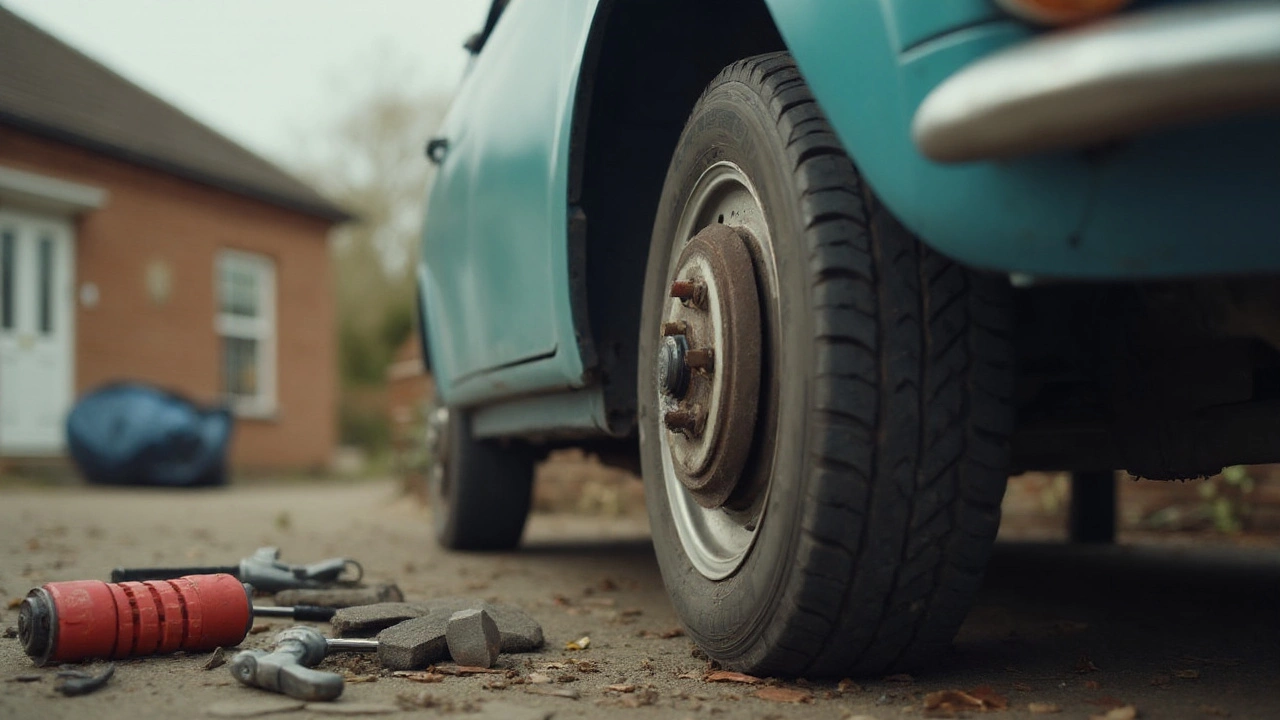 7 August 2025
7 August 2025
Is It Safe to Change Only Rear Brake Pads? Expert Tips for Car Owners
Wondering if you can just change the rear brake pads? Get practical info, real tips, and put safety first. Find out why, when, and how to make the right call.
 23 April 2025
23 April 2025
Brake Pads Worn Out? Spot the Red Flags Before It's Too Late
Not sure if your brake pads are shot or still have some life in them? Knowing the signs can save you from scary stops or an even scarier repair bill. This article breaks down all the classic warning signals that your brake pads are worn out. You'll find relatable tips, easy inspection tricks, and why ignoring these signs could cost you more than just money. Stay safe on the road and keep your brakes in top shape.
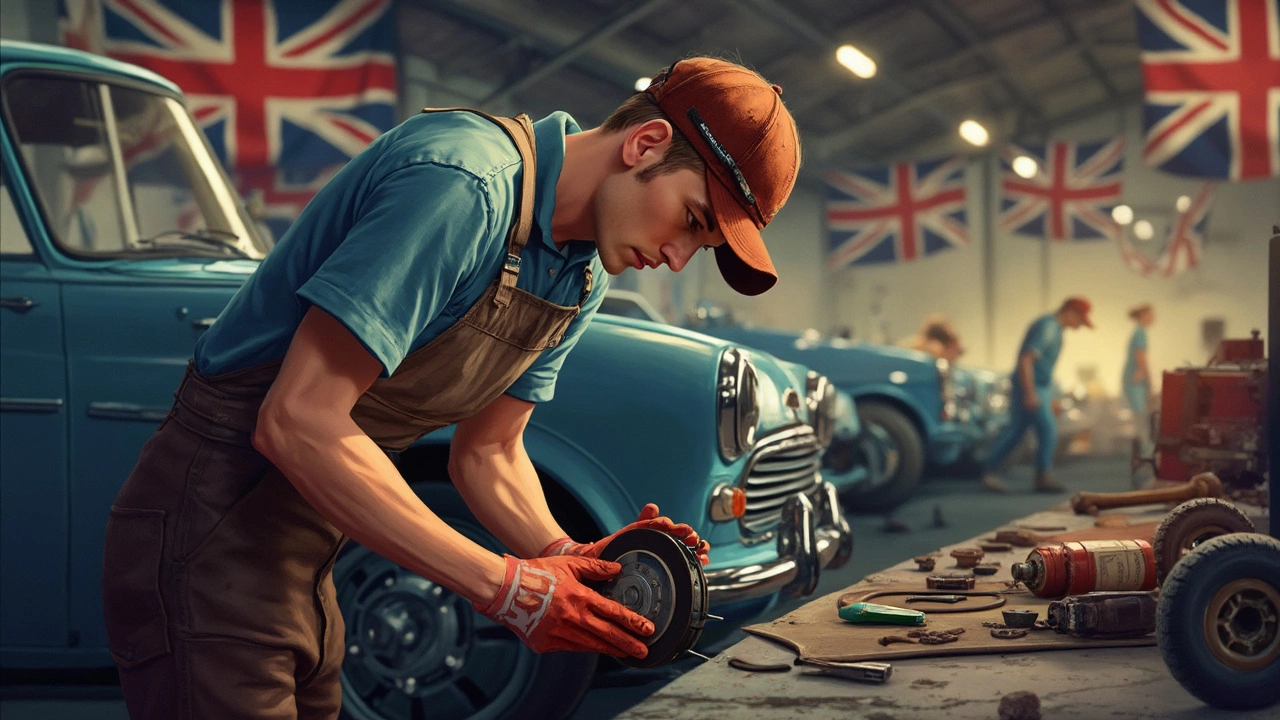 15 April 2025
15 April 2025
Why Changing Brake Pads on Time Could Save Your Life
Waiting too long to change your brake pads can lead to dangerous consequences for your car and your safety. Brake pads are essential for your vehicle’s braking system, and neglecting them could result in damage to the rotors, increased stopping distances, or even brake failure. Regular checks and timely replacements not only help avoid costly repairs but also ensure safer driving. Understanding the signs of wear and the importance of maintaining brake pads is crucial for every car owner.
Latest Posts
-

Should I Drive with a Bad Fuel Pump? Risks, Signs, and What to Do Now
-
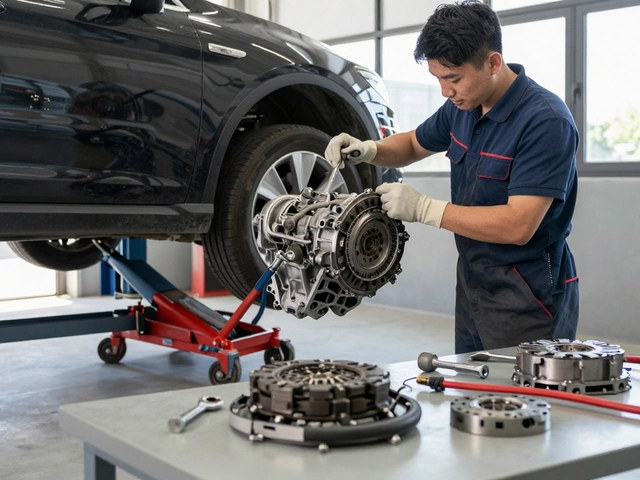
How Many Labor Hours Does It Take to Replace a Clutch?
-

Identifying Noises from Faulty Car Suspension: What to Listen For
-
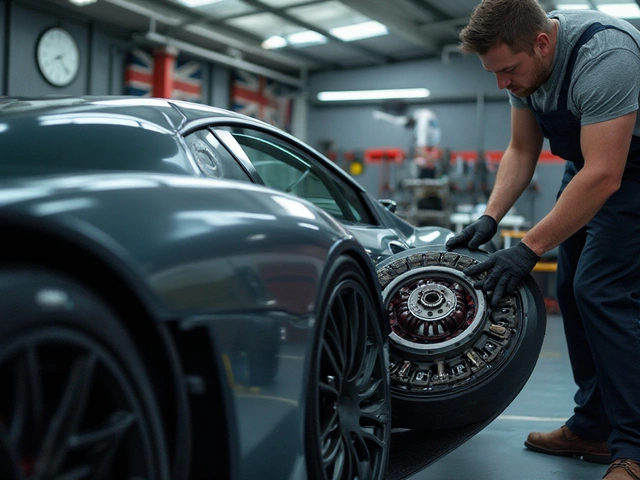
Daily Driving with a Stage 3 Clutch: Is it Feasible?
-
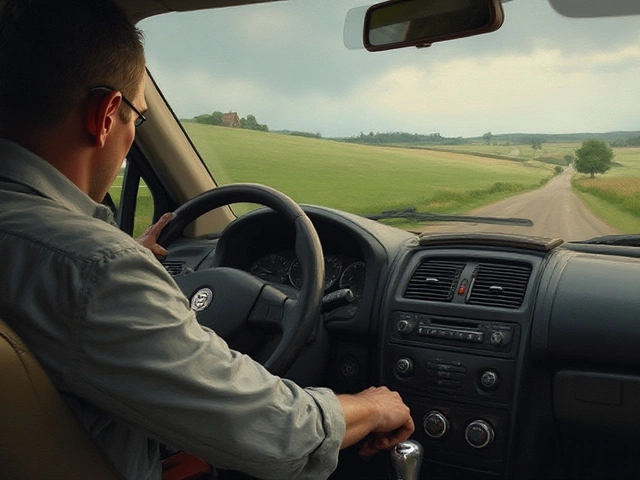
Is It Safe to Drive With a Bad Clutch? Symptoms, Risks, and Real-World Advice

0